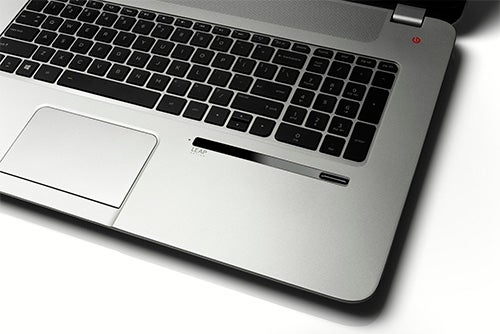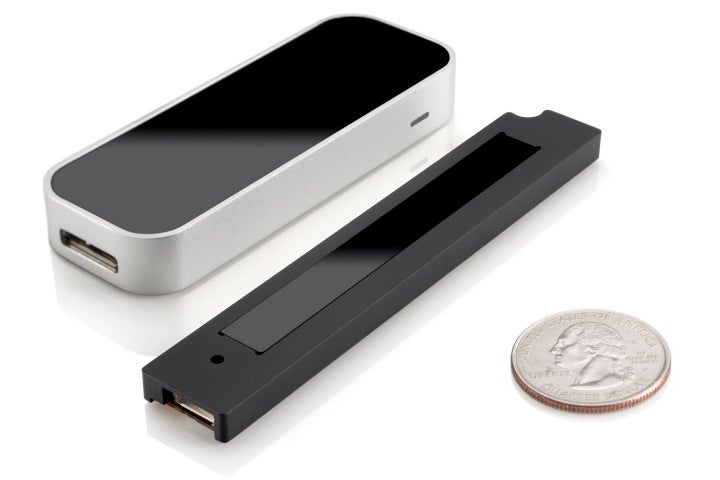Leap Motion's gesture tech comes as standard in HP's new laptop
Next generation of laptops won't come with gesture interfaces as standard, but Leap Motion plans for their technology to spread far and wide

Your support helps us to tell the story
From reproductive rights to climate change to Big Tech, The Independent is on the ground when the story is developing. Whether it's investigating the financials of Elon Musk's pro-Trump PAC or producing our latest documentary, 'The A Word', which shines a light on the American women fighting for reproductive rights, we know how important it is to parse out the facts from the messaging.
At such a critical moment in US history, we need reporters on the ground. Your donation allows us to keep sending journalists to speak to both sides of the story.
The Independent is trusted by Americans across the entire political spectrum. And unlike many other quality news outlets, we choose not to lock Americans out of our reporting and analysis with paywalls. We believe quality journalism should be available to everyone, paid for by those who can afford it.
Your support makes all the difference.Leap Motion have been shipping their gesture controller for several months now, with the USB peripheral enabling the sort of computer navigation promised to us by sci-fi flicks like Minority Report.
Now, in a bid to move beyond the peripheral industry, Leap has partnered with computer-manufacturer HP to embed their technology directly into a laptop.
The result is the HP Envy 17 Leap Motion SE – a bit of a mouthful, so we’ll just call it the Envy 17 for now. It should be available for pre-order in the US from October 16th at a price of $1049.99, but it’s really more of a prototype-for-consumers than a serious attempt to popularise the tech.
The Leap module embedded in the Envy 17 is an impressive step-up from the original peripheral, offering a 70 per cent smaller size and the same accuracy in tracking your hands’ movement, but it doesn’t mean that we’ll all soon be tweeting with a flick of the wrist.
Leap’s technology certainly feels impressive to use, but it’s always been hamstrung by a lack of practical applications. Navigating Google Earth is a great experience, but hardly a seamless part of your working day. And as the device reportedly drains battery life significantly it also needs to be toggled on and off.
Still, Leap’s co-founder and CEO Michael Buckwald is bullish about the future of the technology, describing the partnership with HP as “the next step for the company with tremendous potential for the future.”
“We believe the future lies in transforming how people interact with all sorts of technology – making the interface disappear, so that interactions can become truly seamless,” said Buckwald.

“Embedding our technology – including Airspace, the Leap Motion app store – into everything from keyboards and tablets to smartphones and head-mounted displays is an important part of that journey.”
The Envy 17 certainly isn’t the future for laptops, but it at least shows the direction that Leap’s gesture tech is headed - Buckwald has also discussed installing his devices in mobile devices and in cars. This first collaboration isn’t exciting in itself but it certainly outlines Buckwald’s plans for the future of the company.
Join our commenting forum
Join thought-provoking conversations, follow other Independent readers and see their replies
0Comments